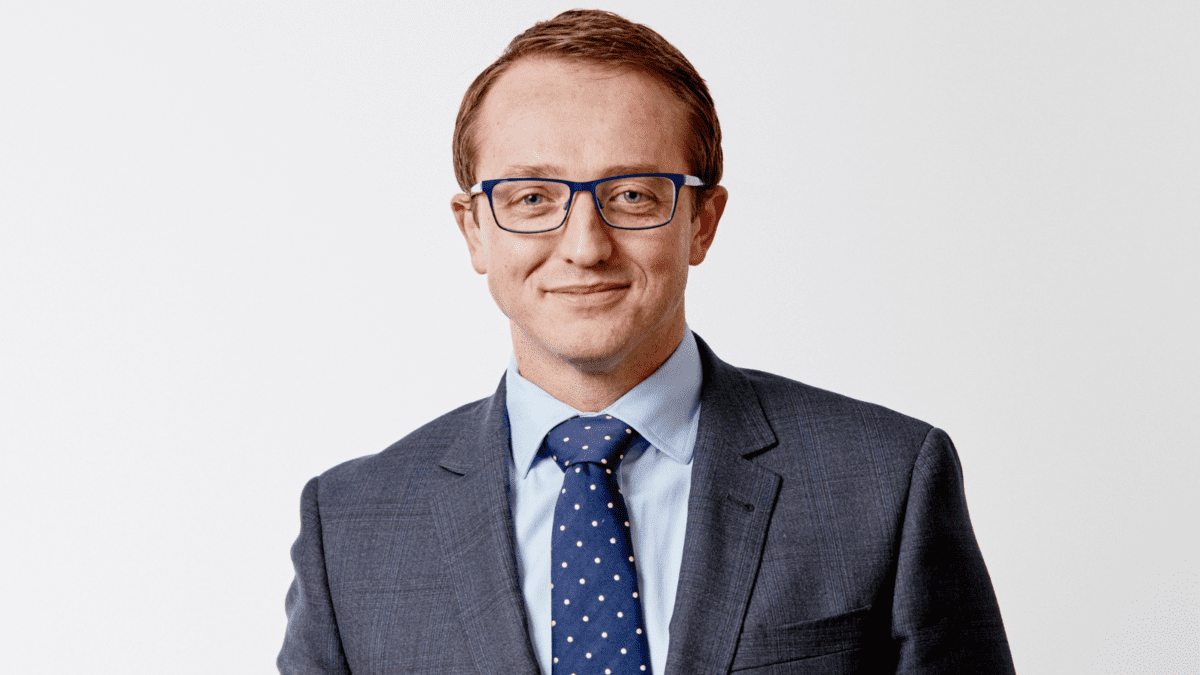How quants have taken to the new hue
(pictured: Paul Moghtader)
By Greg Bright
In the evolution of funds management, coupled with the evolution of big super funds, quantitative investing has had its own twists and turns. Post-GFC, quants are enjoying a resurgence. They are blending investment styles to achieve an outcome.
Paul Moghtader , Boston-based portfolio manager and head of a nine-person quant team at Lazard Asset Management, says that people are starting to realise that quant investing is not its own style – it’s a process designed to get certain outcomes.
For quants, who had a form of judgement day in August 2007 and then rode a big revival in the post-GFC recovery, better beta management through the likes of smart-beta strategies and a new understanding of factor investing has spawned a range of increasingly popular techniques. Outcome-orientated strategies, for instance, which fit the baby-boomer demographic, are tailor-made for quant processes.
According to Rob Prugue, Lazard’s Sydney-based Asian regional chief executive, there have been big changes in the way that institutional investors utilise quant strategies in recent years.
For the uninitiated, in August 2007 several highly regarded quant managers in the US suffered a massive performance drop.. It took about a month for the market to settle, and then we saw the first cracks in the global financial system starting to emerge. It was an interesting time.
Prugue says that of the many changes to the way some big Australian super funds have developed since then, the “benchmark aware” active strategies have fallen out of favour, for cost and other reasons, and quant strategies have re-emerged, albeit in a more passive manner.
“It’s called ‘active quant’ and we can also see that throughout Asia,” he says. “The definition of ‘passive’ has expanded way beyond market cap [traditional market indices]… The super funds are still being opportunistic with their satellite portfolios [complementing their core portfolios] but instead of looking for valuation anomalies they seem to be looking for a return pattern, such as exploring single themes.”
He says: “Pre GFC, and certainly pre the quant implosion, many investors use to lump quant as one strategy. While admittedly many had used same factors, we never bought this perception, preferring to categorise between fundamental versus algorhythmic quant managers.
“If there was a convergence, the main players utilised similar inputs and approach. So when the implosion happened, and much to our chagrin (as a fundamentally driven quant provider), many investors continued to view ALL quant as one strategy and avoided them all together.
“Slowly, since the implosion, pension funds began to adapt to a low-return environment, coupled with very low-to-zero cost of capital. Under such a regime, many funds began to adapt how they configured their equity portfolios.”
Big super funds, which are on an insourcing trend with their investments, have tended to replace their active core managers with passive alternatives over the past few years, to a certain extent, helped along by the MySuper regulations.
Lazard, which is a diversified global manager that has its roots in value equity investing, recruited Moghtader and his team from State Street Global Advisors in December 2007, which, he points out, was a “unique time”. The team is style neutral, looking to combine various factors in its strategies, and tap into the research and portfolio construction skills of the Lazard active teams. It blends fundamental analysis with its quant processes. The active teams, in turn, lean on the quant insights to enhance their analyses.
On a visit to Australia last week, Moghtader said that, since 2007-2008 “the clock has re-started” with quant mangers. Everyone has had to prove themselves.
One of Lazard’s most popular quant strategies at the moment is a low-volatility portfolio that utilises a multi-factor investment process that favors stocks with fundamental attractiveness and below average risk characteristics. . Lazard believes that adding a fundamental overlay to a low volatility process can help reduce the negative effects of external shocks.
A case in point was the Japanese earthquake in 2011 which led to the nuclear power-plant disaster at Fukushima. Prugue, whose remit includes Japan and who has previously lived there, says that after the initial shock the quant team looked at the market’s reaction and though “it doesn’t look right’.
They were discussing the ramifications and then decided to challenge the quant numbers. They spoke with our investment team in Tokyo and determined where risk was likely to stay elevated,,” he says.
For a low-volatility strategy, utility companies tend to make up a core component of the portfolio. As is now well known. Japan has subsequently decided to be nuclear free.
Moghtader says that Lazard, because of its fundamental pedigree, is in a good position to study valuations among low-volatility stocks, such as utilities. He believes that low-volatility stocks generally return “something similar” to the broader market over a cycle. Nevertheless, there are times, like with all factors, that low-volatility is a star. Do current valuations mean that now is not that time?
Lazard recently published a paper about valuations for low-volatility portfolios. It suggests that while valuations in some sectors are stretched, there are still pockets of opportunity.









